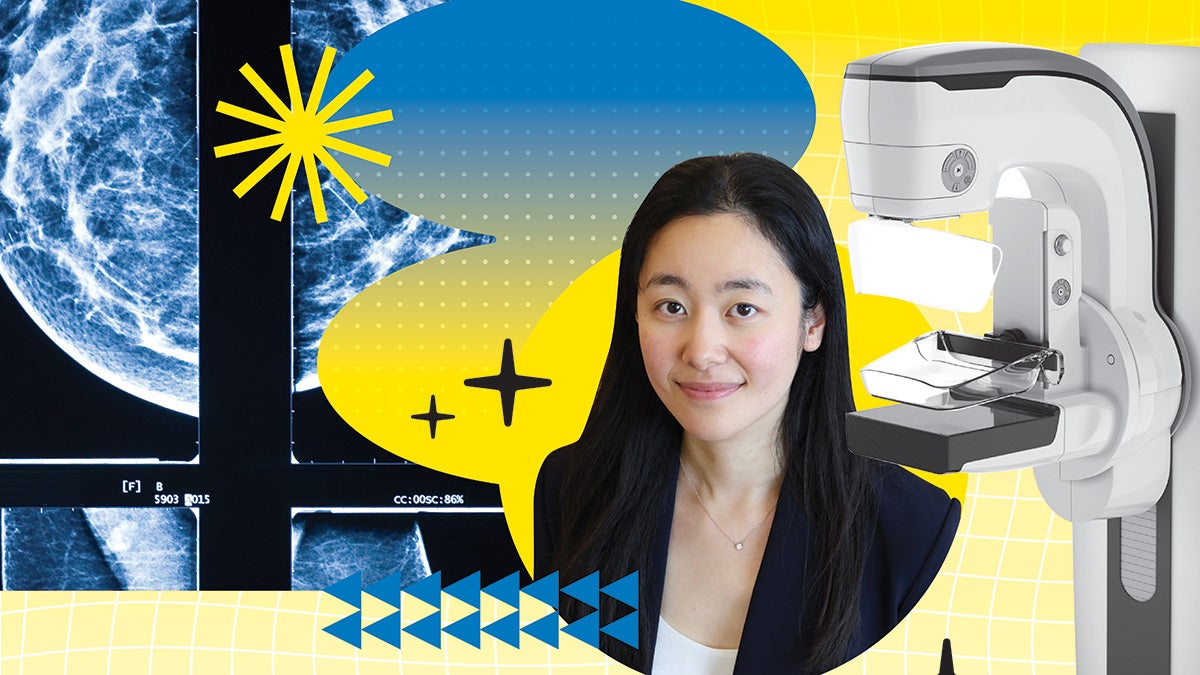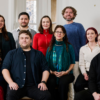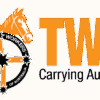
Statistical Insights That Can Save Lives
Dr. Shu (Joy) Jiang (PhD ’18) first developed her unique approach to medical research as a PhD student at the University of Waterloo.
With her mentor, Dr. Richard Cook, research chair in the Department of Statistics and Actuarial Science, Jiang collaborated with scientists from the University of Toronto’s Psoriatic Arthritis Clinic and used statistical methods to analyze patient data to understand the progression of the disease better. “When it comes to statistics, you can build the best model there is, but if you’re not building a bridge between theory and real-world applications, then it’s not very meaningful,” she said.
That interdisciplinary experience also impressed upon Jiang the vital importance of improving patient access to information and tools. “We’re in an era right now where there are a lot of systemic disparities in the medical system, especially in the United States: between people of different races and ethnicities, between people who do or don’t have health insurance, and between people who live in rural versus urban areas.”
Those disparities are only exacerbated by the erosion of people’s trust in the medical establishment.
“The real lightbulb moment was when statistics stopped being theory, and I realized that I could actually apply these models in the real world to help people.”
– Shu (Joy) Jiang (PhD ’18)
That’s why Jiang is collaborating with her colleague, Dr. Graham Colditz, on a startup that will directly put the tools to understand breast cancer risk into patients’ hands. “We’re trying to inform women about their five-year breast cancer risk so that actions can be taken based on recommendations from the national guidelines for patients and their providers – such as getting MRIs or ultrasounds – based on a mammogram.”
“Waterloo has this great culture of combining research with industry,” Jiang said. “My time there helped me realize that, for this tool to get into clinics – for women to be using this – it has to be out there, in the market.”
Their research is based in part on work concerning breast density and cancer risk co-authored by Jiang, which landed her in The New York Times last year. The research analyzes breast density data gathered from 10,000 women over a 10-year period and suggests that women who would go on to develop breast cancer had a much slower decline in breast density than women who remained cancer-free.
Since the publication of that research, Jiang and her team have worked on validating their model, applying it to different populations around the United States and in British Columbia to see whether it reflects larger trends. That validation process – which has included large populations of Black, Asian, Indigenous and white women – seems to demonstrate that their estimated five-year breast cancer risk is robust regardless of race and ethnicity.
Still, Jiang says, convincing women to prioritize their breast health remains a challenge. Even in British Columbia, where the provincial government covers routine breast cancer screening, only about 60 per cent of women go in for their scheduled mammograms.
Jiang has a personal stake in improving those numbers: a close friend and colleague at Waterloo died of breast cancer at a young age.
“One out of eight women worldwide will be diagnosed with breast cancer in their lifetime,” Jiang said. “This is a disease that touches everyone.”
https://uwaterloo.ca/news/magazine/statistical-insights-can-save-lives


